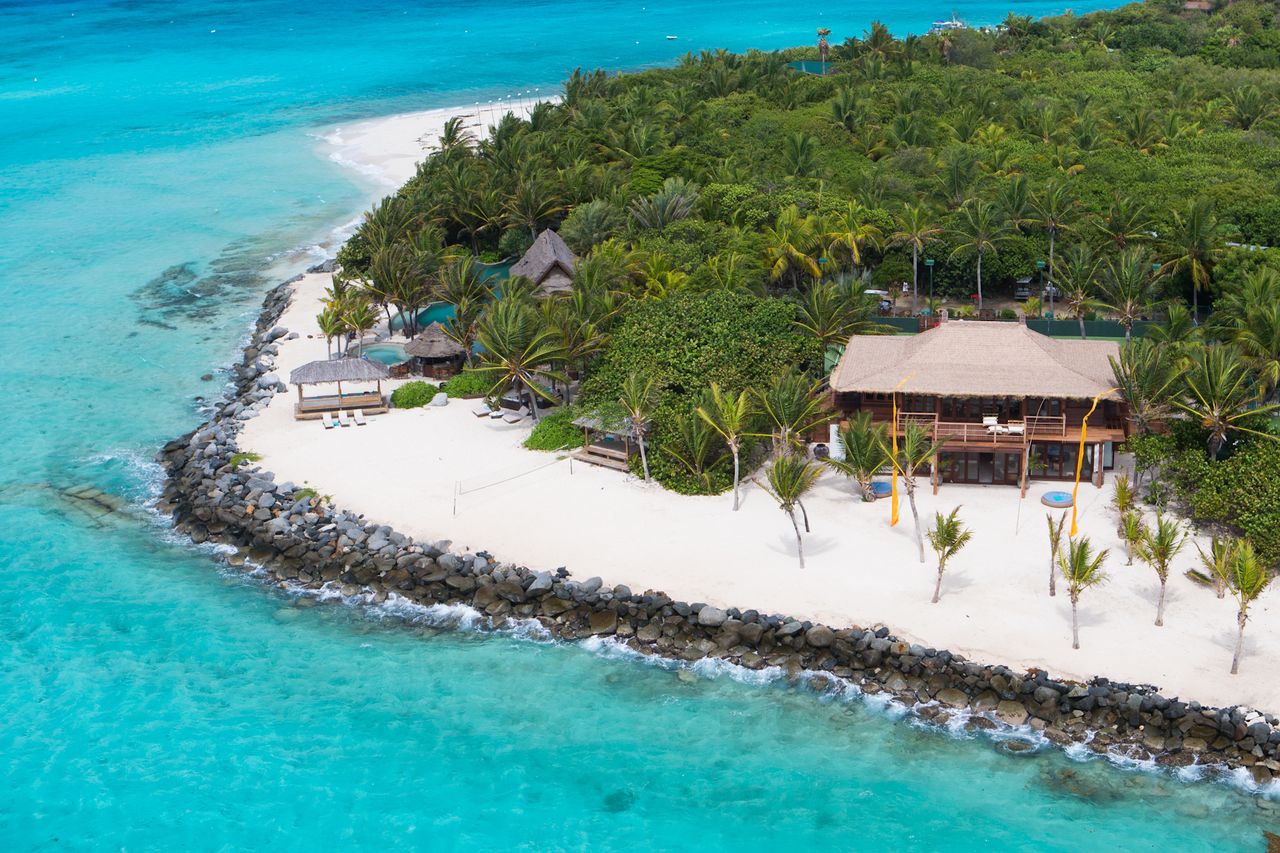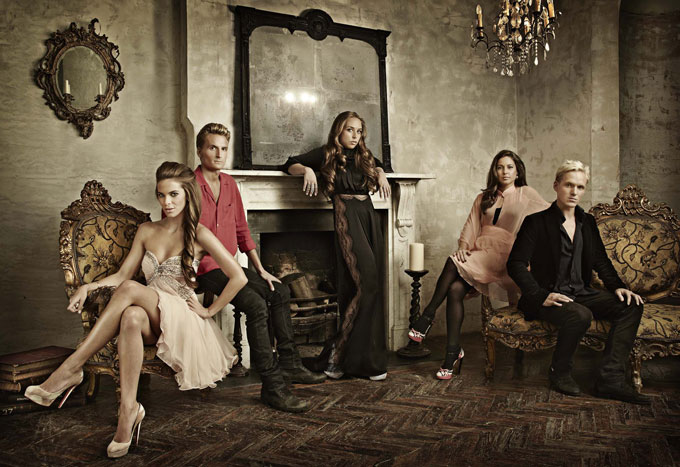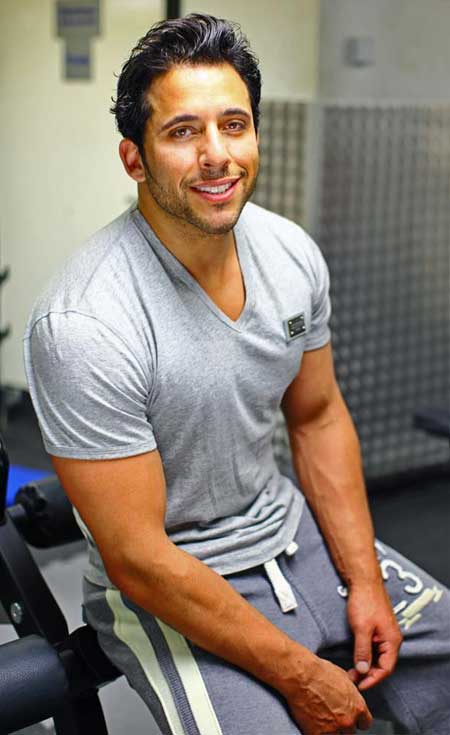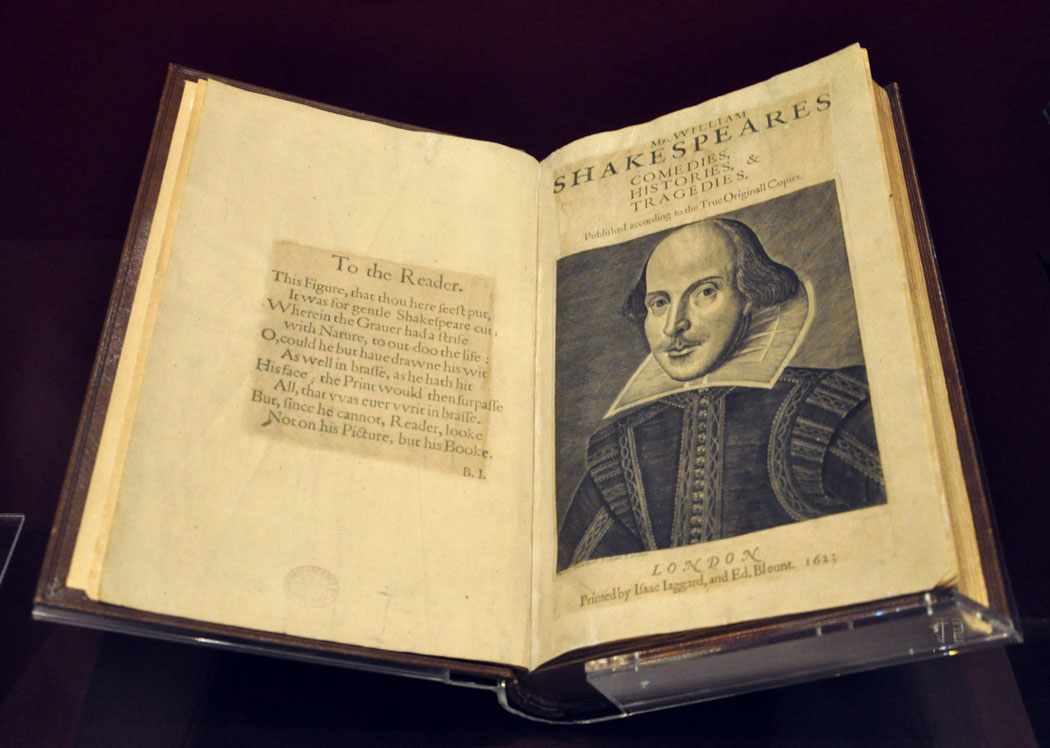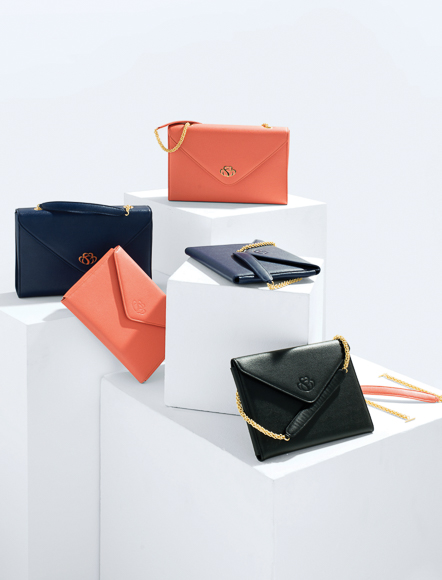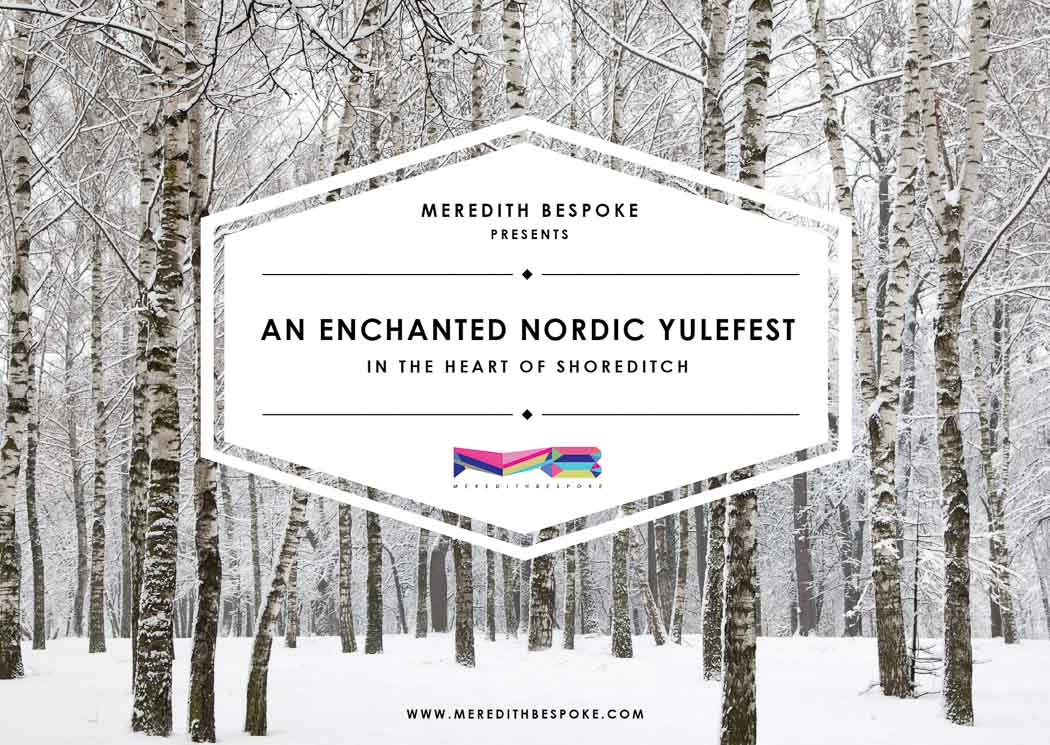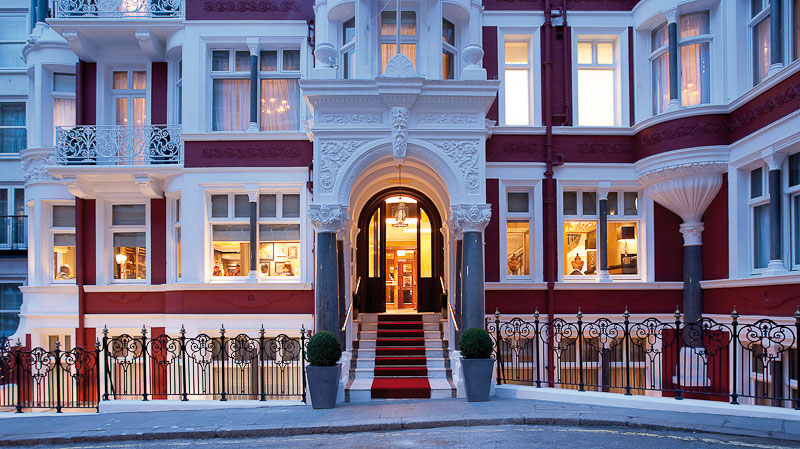The UN’s “Harmony with Nature” initiative goes into overdrive from “Mother Earth Day”, April 22nd, onwards. Central to their efforts are the outstanding photographs of new star, Nicky Taylor, chosen by the UN to publicize the event. Nicky’s Taylor’s striking landscape and underwater photographs reflect a young life lived all over the world, in South America, Canada, Europe, Australia and the Caribbean. An example of his artwork has become a “must have” for high-achieving, urban, “movers and shakers” in New York, London and Singapore. We caught up with the Artist for a one to one interview.
Why did the United Nations choose your images for their “Harmony with Nature” initiative?
The organizers felt my work was totally in tune with what they are trying to achieve. I specialize in capturing beautiful, unspoilt landscapes, as well as those where Nature is conquering Mankind’s intrusions. I also seek to capture the beauty of fast disappearing underwater panoramas on the crumbling reefs around the Globe. Man has so far failed to live in harmony with Nature, and time is running out to change this.
Which images have the UN chosen?
They are starting with “Symbiosis in Pink,” (main picture above) a photograph which captures the very special relationship between two completely different creatures that live together, protecting and nourishing each other. A very fitting image for the “Harmony with Nature” concept.
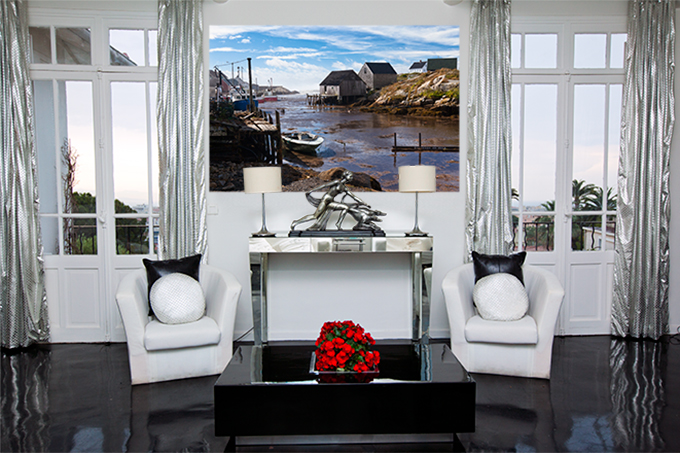
What has been your most successful photograph so far?
“Calm after the Storm” (pictured above) was highly praised when I first showed it in an exhibition. The scene captures the incredible beauty of Peggy’s Cove, in Canada, shortly after a Hurricane had ripped the place apart. We chose to use this as the cover of my first book “The Return to Beauty.”
Otherwise, “Contemplation (pictured below) – Ellis Beach” has been my most popular seller. I think it transports the viewer to another place, and as an avid underwater diver it is also something of the “gateway to paradise” being the beach from which you approach the Great Barrier Reef.

Who buys your photographs, and what kind of home do they go into?
Fans of my work understand it is cool to have something beautiful on the wall of their homes, and that photography most suits modern interiors. My buyers tend to be young, urban, high achievers, who share my love for Nature. Most of their homes are high end and modern, a place suited to a beautiful photograph.
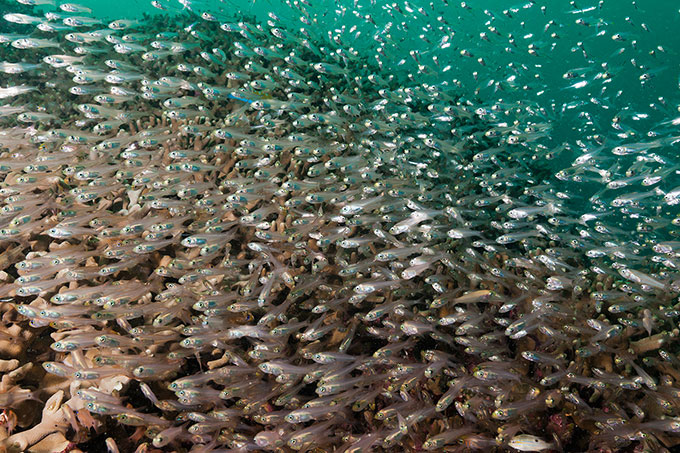
What made you become a landscape and underwater photographer?
It was not until I started showing my work to the public, that my landscape work started to stand out as something that really moved people. I realized also how important it was for my personal belief system to capture the beauty of nature, and the impotence of Man’s mark. This is underlined for me by the recent UN news. My underwater photography is in the same vein, and as a keen Dive Master, I have had the opportunity to go on numerous great dives
Why are you so well-travelled?
I think I have my parents to thank for that. In my childhood we moved about a lot between England, Spain and Canada. After I left home at 17, the traveling bug went into overdrive, and I lived in several different countries. The good thing though is my camera could come with me no matter where I went, which later in life also included underwater. I am still a globe-trotter, living in several different places. I am fortunate that my partner shares my “wanderlust,” and it is not unusual for us to wake up one morning and decide we are heading off to the jungle, or up a mountain.
So just how many countries have you been to, and how does travel influence you?
To date, my photography has taken me to over 30 different countries, and I still have many on my “to do” list. As I travelled, I always had my camera with me. I love to photograph the locations that are the hardest to get to, and the less well known. These offer me a special opportunity – in my mind I can represent them in their own way. This doesn’t mean I am afraid of photographing well-known sites, and re-interpreting them in my own way. Take my photographs at Machu Picchu, or, one of my favourite photographs, “The Coliseum at Midnight.” I love to challenge people to re-think the well-know, and re-calibrate their memory of it.
Are you self-taught or trained? What has influenced your work?
I have had a formal training, and I am grateful to my tutors and to the opportunity it gave me to use a whole array of equipment: – from a simple 35mm film camera, to a Mamiya 645 (both with film and digital back). Early on, I decided I loved the technical aspect of photography, almost as much as the artistic.
Not surprisingly, most influence on me comes from more technical works, such as Michael Langford’s “Advanced Photography.” Something of a Bible to me.
Which photographers are your heroes?
I guess it goes without saying that I highly admire the work of Ansell Adams, not only for the beauty of his work, but also the fact he too loved the technical side of his art along with the visual. I have always admired the work of Steve McCurry – showing the world the horrors of conflict zones – and the global impact his shocking work had. However, in my opinion, too many who have followed are “derivative.” I fear many contemporary artists seek only to shock. This may be the fashion, but perhaps it is about to change. I now increasingly seek out art which is beautiful it its own right. I hope that my work can be hung in a gallery, but more importantly, that it can be hung in YOUR home.

What constitutes a great photograph?
That’s a hard question. I think each viewer of a photograph’s opinion is valid. For me it is instinctive, but the crucial element is that it is technically close to perfect, and artistically has “something to say.” Above all – it must be “beautiful.”
How important is the equipment a photographer uses?
Any camera is valid when a photograph “presents” itself. But I do personally prefer my work when it is printed large. For example, in my opinion, my photograph “Contemplation – Ellis Beach” prints best at 72 x 48.” To do this, and indeed some of the larger images I am creating now, you do need a higher quality camera. The equipment is important (even if it cannot replace technique). I trained on film, but have now graduated to medium format digital.
What next for you?
I am working on my next book. For this, I have just completed a series of shoots in Central America. I was particularly captivated by the Mayan ruins lost in the Jungle. This project will also take me to Europe. I am planning a series of Alpine shots from different geographic perspectives – France, Switzerland, Italy, Austria and Bavaria. I’ve got quite a summer to look forward to.


